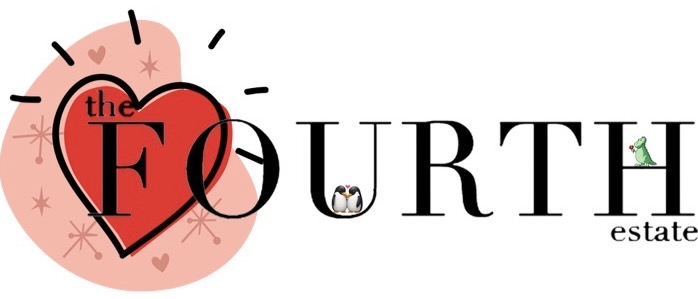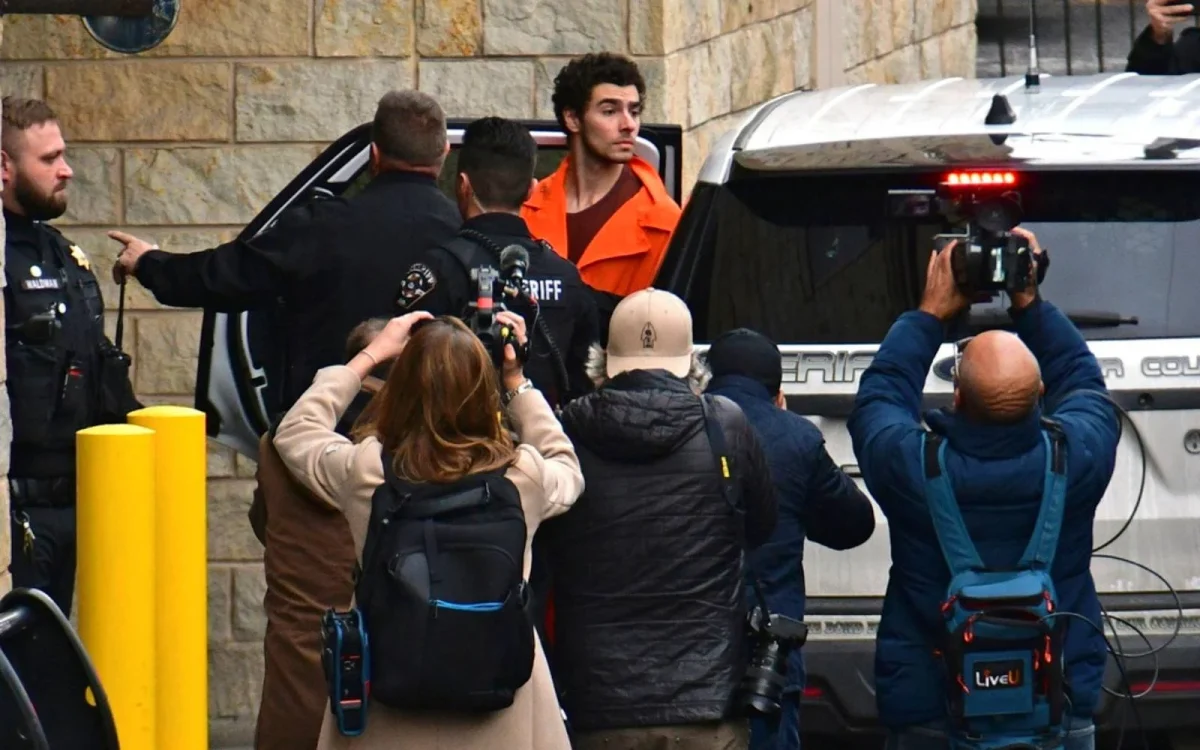Twenty two seconds to react. In the 22 seconds after Ki Suk Han was pushed onto subway tracks to his death, subway-goers suddenly became a part of a story.
While many of the witnesses stood stunned, R. Umar Abbasi, a New York Post freelance photographer, used his camera to capture the final moments before
Ki Suk Han was struck and killed by a downtown Q train.
The photo was later published on the front cover of the New York Post with huge text which read, “Pushed on the subway track, this man is about to die DOOMED.”
The photo (and tabloid caption) sparked controversy about the ethics of documenting and distributing the photo.
Abbasi claims he did all that he could by firing off his camera’s flash to try alert the conductor.
He claims that there was no way he could have helped rescue Ki Suk Han.
Important news can sometimes happen quickly, the lines can be blurred between which situations are ethical to report on, and which are ethical to act on.
The photo of Ki Suk Han was taken on Dec. 4, the discussion surrounding the controversial Abbasi photo echoes the controversy brought when Kim Phuc, the famous “girl in the photo” taken by Pulitzer Prize-winning photographer Nick Ut in 1972 during the Vietnam War, came to speak at the Lobero Theatre.
Members of the staff attended the event.
Kim Phuc spoke about how she came to accept the photo. However, she also said that when she first saw it, she hated the photo.
Should the documentation of an event, no matter how atrocious, be distributed to the world without the subject’s consent?
It has to be. Whether holding a professional camera, an iPhone, or a pencil, we are all witnesses to history and able to record events.
Abbasi’s photo may have been painful to look at, but the photo shows what happened on that subway platform in New York City.
The ‘girl in the photo’ tells the story of one nine-year-old girl to the world. It may have helped to stop a war.
As this issue is our first in 2013, we are setting our New Year’s resolutions, newspaper style.
We resolve not only as journalists of The Fourth Estate, but also as journalists of the world to tell the stories that need to be told and to take photos that need to be taken.
We resolve to use all forms of media to share these stories because they need to be told.
When Nick Ut covered the Vietnam War in photos, journalistic documentation happened mainly through print or photography.
Today, we are all capable of capturing the story in photos, print, in videos, or in tweets and of sharing them in real time.
As journalists instant access to information and the ability to share information in real time comes with a responsibility to be unafraid to publish what matters and what makes a difference.
































